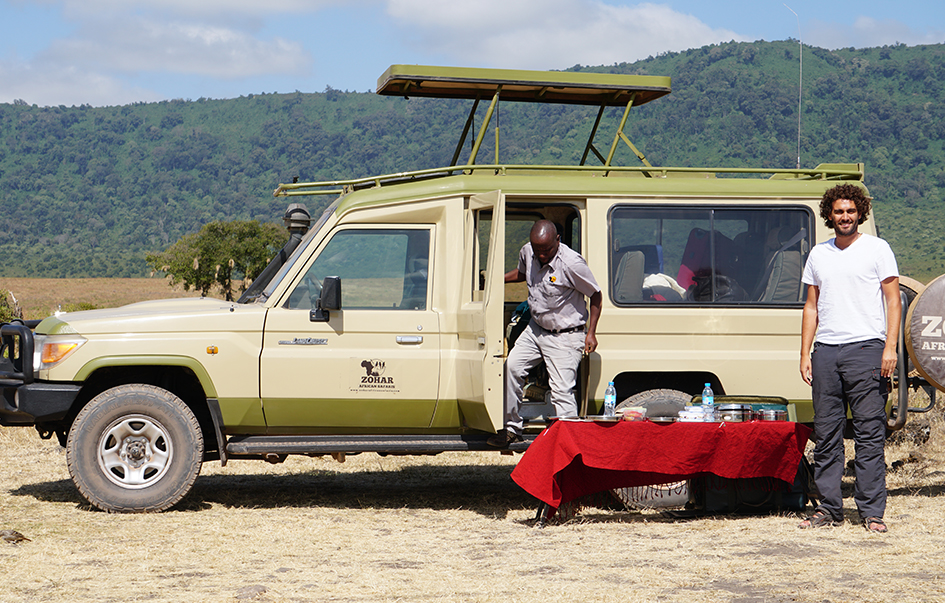Lake Nakuru National Park
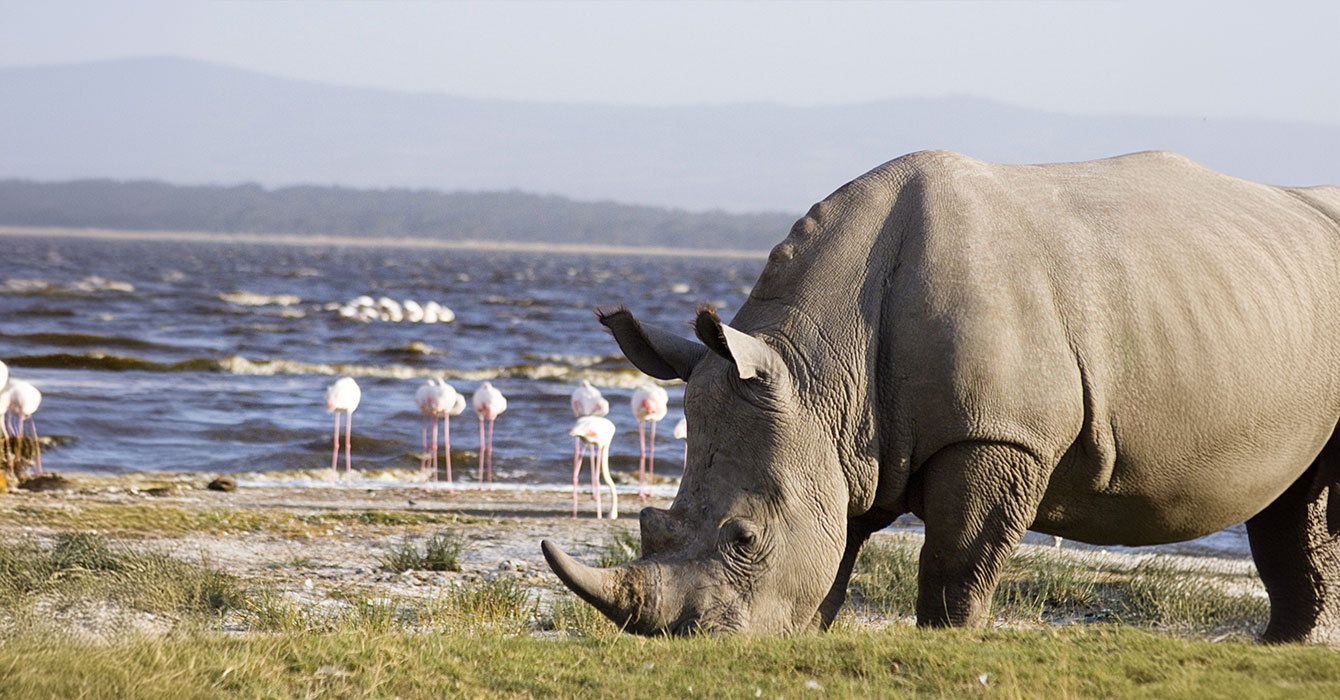
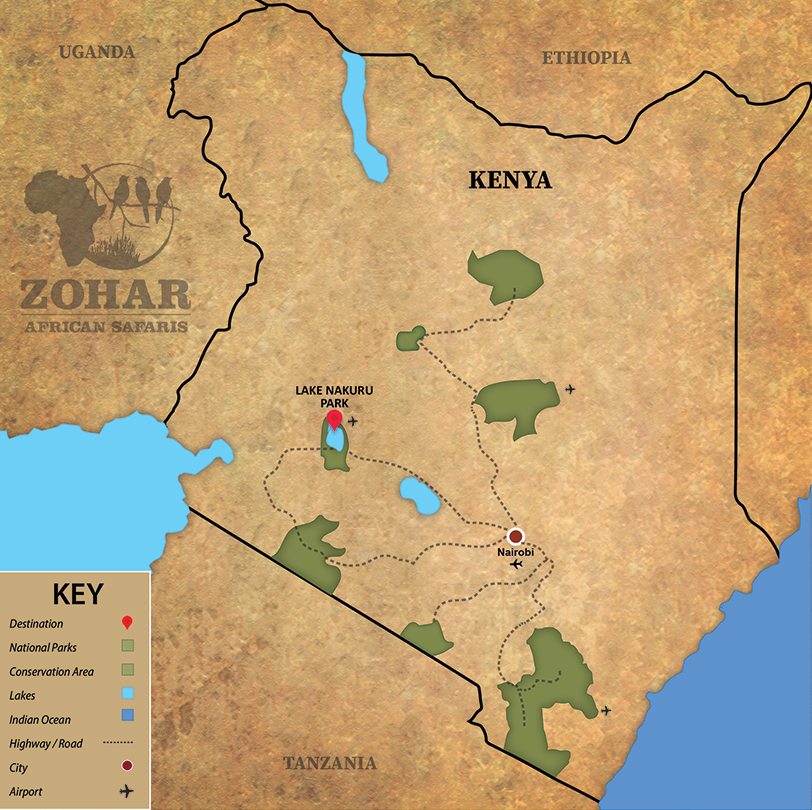
Set in the heart of the Great Rift Valley, Lake Nakuru National Park is one of Kenya’s most celebrated wildlife sanctuaries, famous for its vibrant birdlife and stunning landscapes.
The lake itself is known for attracting thousands of flamingos, drawn to its algae-rich waters, creating a spectacular pink fringe along the shoreline. Depending on seasonal rainfall, the lake’s surface area fluctuates between 2 and 17 square miles (5 to 45 square kilometers), constantly reshaping its surrounding habitat.
Beyond its avian appeal, the park is also home to a thriving population of rhinoceroses, including both black and white rhinos, often spotted resting in the shade of the surrounding acacia woodlands. The area supports a diverse ecosystem where zebras, buffaloes, and the endangered Rothschild giraffe rely on the lake as a vital water source.
The scenery is nothing short of dramatic, with waterfalls, rocky cliffs, and dense forested areas framing the landscape. Lake Nakuru National Park offers a wide range of activities, from game drives and nature walks to birdwatching, hiking, and scenic picnics, making it one of Kenya’s most well-rounded safari destinations.
To truly experience the beauty and biodiversity of the park, it’s recommended to spend at least one night inside or near Lake Nakuru, allowing time to take in both the wildlife and the ever-changing scenery.
Features & Wildlife Species
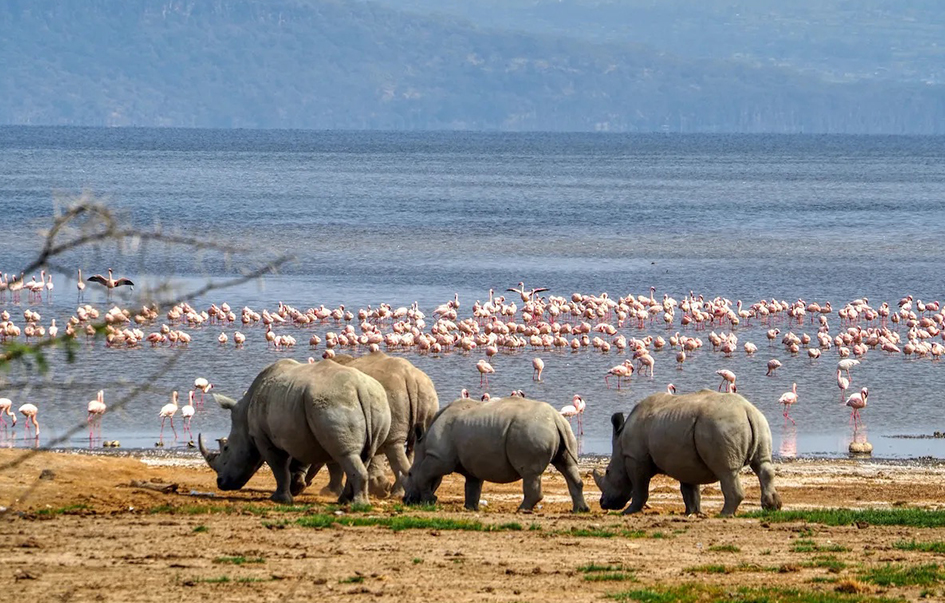
AREA ACTIVITIES
- Game viewing.
- Bird watching.
- Hiking.
- Camping.
WHEN TO VISIT
June to September and January to March. However, the rainy seasons (April & May) are generally less wet than other areas and roads are in good conditions year-round.
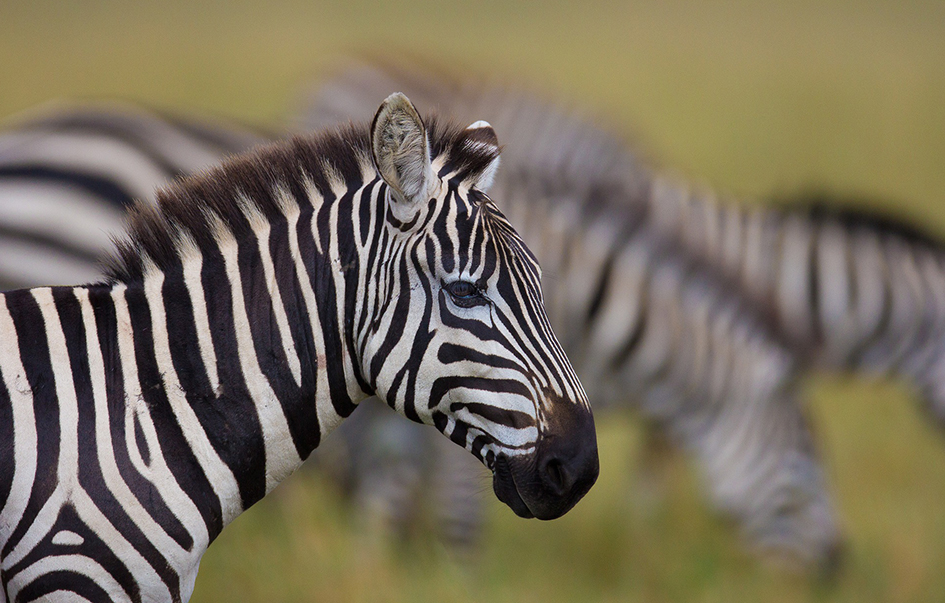
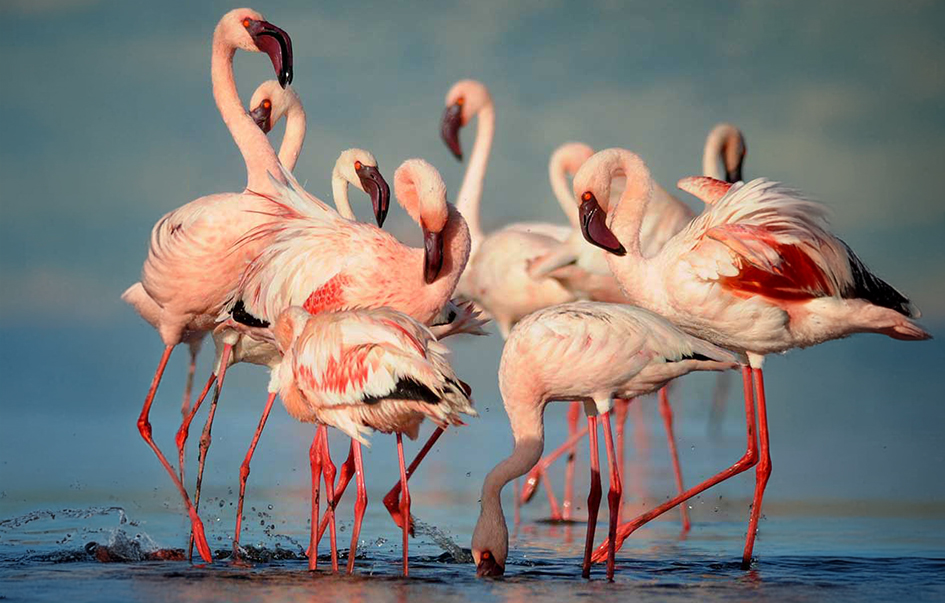
WHAT TO SEE
- 55 different species of mammals.
- The “big five” animals.
- Hills such as Enasoit and Lion hill ridge.
- Waterfalls.
- Seasonal flamingos.
- Unique vegetation.
HOW TO GET THERE
- Driving: the park is approximately a 3-hour drive from Nairobi through Lanet Gate.
